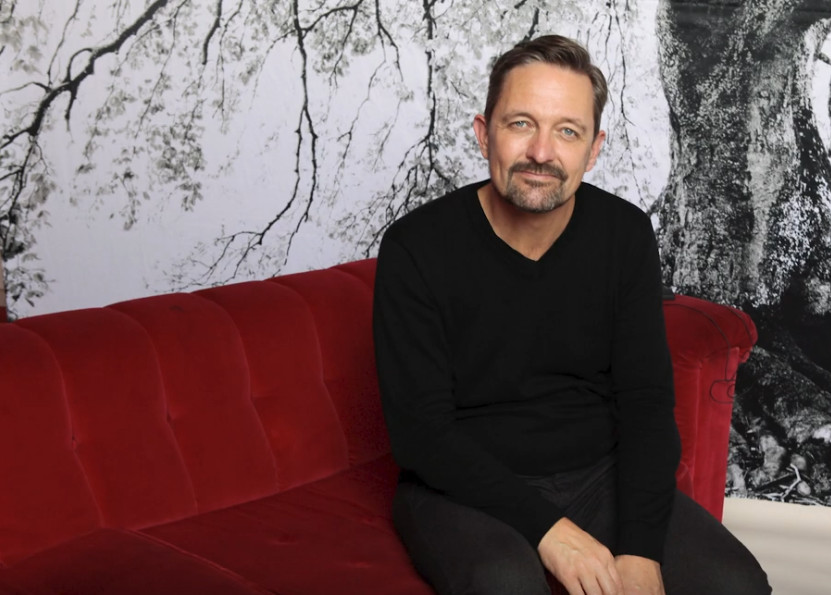Carbon dioxide removal as a building block of German climate policy


In order to achieve the Paris climate targets, greenhouse gas emissions must be massively reduced. In addition, CO2 that has already been emitted must be removed from the atmosphere. Scientists at the Helmholtz Center for Environmental Research - UFZ have set out definitions and principles for CO2 removal in a paper.
According to the latest Assessment Report of the Intergovernmental Panel on Climate Change (IPCC), reducing carbon dioxide (CO2) emissions is not enough to achieve the goals of the Paris Climate Agreement. In addition, CO2 that has already been emitted must be removed from the atmosphere.
Approaches to CO2 removal include the enhancement of natural carbon sinks, for example through the reforestation or the rewetting of peatlands, technical measures or rather negative emission technologies (NETs), or a combination of both approaches.
Several studies show that technology-based processes such as the capture of CO2 from industrial waste gases with subsequent underground storage (Carbon Dioxide Capture and Storage, CCS) or the direct removal of CO2 from the ambient air (Direct Air Capture) will be required both globally and in Germany. To this end, various approaches must be thoroughly evaluated and researched. International and national climate legislation must be developed accordingly. We have set out our proposals in this respect in a recent paper (in German).


Supplementary measure to avoiding greenhouse gases
It is important to make a clear political and legal distinction between measures to avoid CO2 and measures to remove CO2. The former prevent climate-damaging greenhouse gases from being produced, while the latter merely make CO2 that has already been produced ineffective for the climate through use of energy, technology or interventions in the environment. Against this background, greenhouse gases should be avoided in the first place and CO2 removal should only be considered as a complementary measure.


According to the IPCC report from 2022, CO2 removal is "unavoidable" in order to offset the so-called "hard-to-abate residual emissions". These include emissions from the steel and cement industries, among others. The approaches that build up natural sinks should not be played off against technical processes, but should be combined in such a way that the advantages and disadvantages are balanced in the best possible way.
Government support, climate legislation and incentives
As with other innovations, government support is crucial in order to accelerate the development of technologies for carbon capture, removal, transportation and storage. By promoting research and development, the often still high costs can be reduced and the safety of the technologies improved. Due to the urgency, the focus should be on promising solutions such as CO2 capture from large biomethane, bioethanol and waste incineration plants or on biochar, for example from sewage treatment plants.


In order to adequately control the capture, extraction and storage of CO2, existing international and national climate legislation must also be further developed. The legislation must enable the development of appropriate infrastructures and remove legal barriers to international cooperation on carbon dioxide storage. This includes legal certainty for CO2 transportation networks, crediting criteria, monitoring systems, environmental standards and liability regulations.
Mandatory and voluntary carbon trade and the commercial utilization of the removed CO2 can provide additional incentives for CO2 removal. The market potential for carbon offsetting in particular appears to be considerable. In order to integrate CO2 removal into these markets, a regulatory and institutional framework must be developed that enables the credibility of the information on carbon dioxide removal and storage.
The Helmholtz experts
Daniela Thrän is Professor of Bioenergy Systems at the University of Leipzig and heads the Department of Bioenergy at the Helmholtz Centre for Environmental Research - UFZ. She is involved in analysing and evaluating bio-based negative emissions in net zero energy systems and sustainable bioeconomy, such as the BioNET project.
Till Markus is a lawyer and works as a scientist at the Helmholtz Centre for Environmental Research - UFZ. He is currently working on legal issues relating to climate protection and the energy transition. He is involved in projects such as DACStorE, GONASIP and Sustainable Environmental Law in the Anthropocene.
Danny Otto is a sociologist. As a scientist at the Helmholtz Centre for Environmental Research - UFZ, he deals with questions of social perception and evaluation of negative emission technologies and CO2 storage technologies - currently in the BioNET and RamonCO projects, for example.
Expertise







